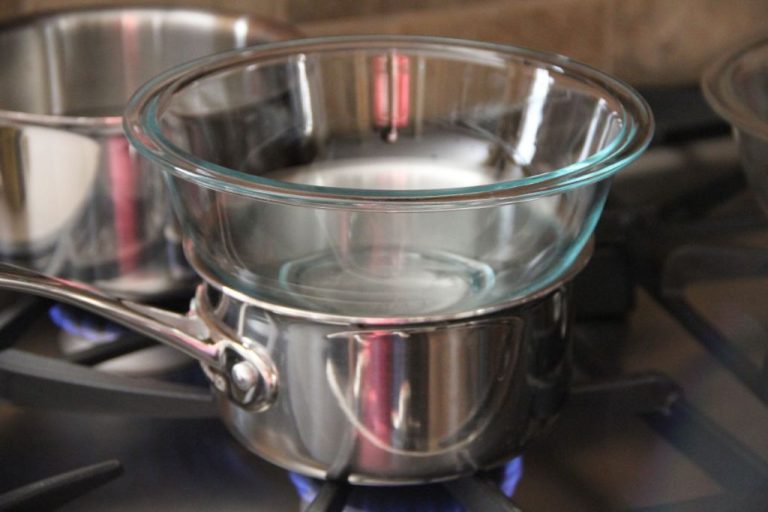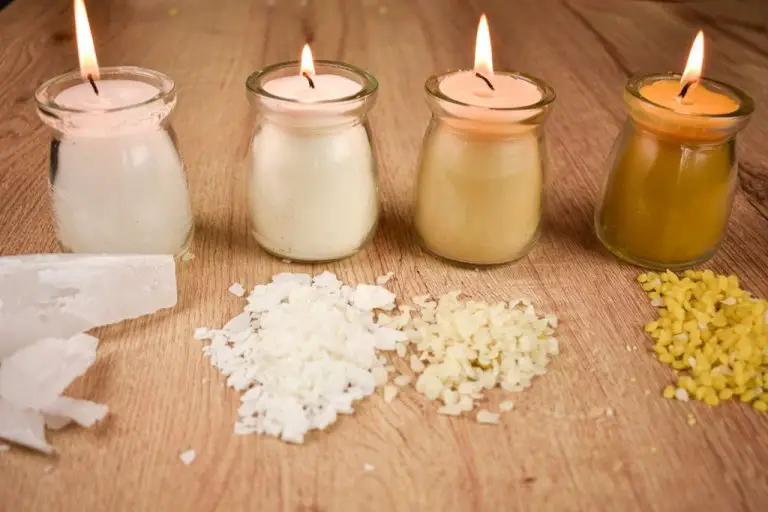Can I Use A Popsicle Stick As A Candle Wick?
A popsicle stick is a small wooden stick that is typically used as a handle for popsicles and other frozen treats (https://learn.podium.school/art/popsicle-stick-crafts/). Popsicle sticks are inexpensive and readily available, which makes them a popular craft supply. However, popsicle sticks have an unintended use as candle wicks. The concept of repurposing popsicle sticks as candle wicks allows for creativity and recycling (https://medium.com/@mukeshydv432/awesome-popsicle-stick-crafts-that-you-must-try-374187eb3a4c). By using popsicle sticks in this novel way, people can upcycle an everyday item into a key component of a handmade candle.
Pros and Cons of Using Popsicle Sticks as Candle Wicks
Using popsicle sticks as candle wicks has some potential benefits. Popsicle sticks are an inexpensive, reusable, and easily accessible material that many people already have on hand. This makes them a convenient option for homemade or DIY candles. Additionally, their wooden material can provide an natural, eco-friendly component to candle making.
However, there are also some potential drawbacks to using popsicle sticks. Since they are not purpose-made wicking material, popsicle sticks may pose fire safety issues. Their wood composition can make them prone to catching fire or sparking. Popsicle sticks also lack the stiffness and structure of traditional candle wicks, which are designed to stand upright as the candle burns down. This could impact the candle’s ability to burn properly. Overall, crafters will need to weigh the pros and cons of popsicle sticks when deciding whether they are suitable for candle making.
Wick suitability
When choosing a candle wick, there are several key criteria to consider:
Absorbency – The wick needs to be able to absorb melted wax so that it can fuel the flame. Materials like cotton and wood pulp have good absorbency. According to Lone Star Candle Supply, popsicle sticks may not absorb wax as well.
Stiffness – The wick needs to be stiff enough to stand upright as the candle burns down. If too flexible, the wick may bend over and drown in the melted wax pool. Popsicle sticks have good stiffness to remain upright.
Flammability – The material needs to burn cleanly without creating excess soot. Candle wicks are typically made of materials like cotton that have good flammability. Wood can burn but may create more soot. According to The Flaming Candle, popsicle sticks may burn hotter and faster than typical wicks.
Overall, popsicle sticks meet some criteria like stiffness but may fall short in absorbency and flammability. While they can technically work as a candle wick, they are likely not ideal compared to materials specifically designed for wicking.
Preparation
To prepare a popsicle stick for use as a candle wick, the most important step is to soak it in a flammable substance like olive oil, cooking oil, kerosene, or melted wax. This allows the wood to absorb the fuel and ensures even and consistent burning. According to the article Cracking the Code on How to Make Wooden Candle Wicks, soaking popsicle sticks in olive oil works well.
Other preparation tips include:
- Sanding or scraping the sticks to remove any glossy varnish or coating, which could inhibit wicking.
- Cutting or trimming the sticks to the desired wick length.
- Optionally charring the end that will go into the wax to give it texture.
- Letting the soaked sticks fully dry before using.
With some simple preparation, popsicle sticks can be turned into effective, inexpensive wicks for candles.
Wicking materials
Conventional candle wicks are typically made from materials like cotton, paper, wood, zinc or tin. Some common wick materials include:
- Cotton – Cotton wicks are popular for jar candles and pillars. They burn evenly at a medium rate. https://candles.org/elements-of-a-candle/wicks/
- Paper – Paper wicks work well for container candles. They burn faster than cotton. https://smellscandle.com/blogs/news/what-are-candle-wicks-made-of-everything-you-need-to-know
- Wood – Wooden wicks make crackling sounds and are commonly used in soy candles. https://www.declutterd.com/a/blog/what-are-candle-wicks-made-of-a-breakdown-of-popular-candle-wicks
In comparison, popsicle sticks are made of wood, so they share some properties with conventional wooden wicks. However, popsicle sticks are thinner and not designed specifically for wicking like commercial wooden wicks. So their suitability as a wick substitute is questionable.
Wick sizing
Choosing the proper wick size for your candle is crucial for optimal burning. The general rule of thumb is that smaller candles need smaller wicks, while larger candles need larger wicks. According to CandleScience’s wick guide, for a 4oz tin or jar candle, a CD 4 wick is recommended which has a diameter of 1/16 inches. For an 8oz candle, a CD 6 wick with a diameter of 1/8 inches is suggested. Moving up to a 16oz candle, CD 8 with a diameter of 5/32 inches is ideal. For pillars, a diameter of 1/8 inches is recommended for 2-3 inches pillars while a 5/32 inch diameter works best for 3-4 inch pillars (CandleScience).
The Flaming Candle Company’s wick guide also provides useful diameter recommendations based on jar candle diameter. For a 2-3 inch diameter jar, a CD 4 or CD 6 cotton wick is best. A 3-4 inch diameter jar would use a CD 6 or CD 8 wick. Lastly, a 4-5 inch diameter jar would use a CD 8 or CD 10 wick which has a diameter of 3/16 inches (The Flaming Candle Company).
Testing wick sizes with burn tests is also recommended to dial in the best wick for your specific wax, fragrance, and vessel combination. But the general guidelines provide a helpful starting point to get in the right diameter range.
Fire safety
Fire safety is especially important when using makeshift candle wicks like popsicle sticks, as the risk of fire is greater than with standard cotton or paper wicks. The NFPA reports that 7% of home candle fires are started by items like matches or lighters being too close to the candle (NFPA). Keep flammable objects at least 12 inches away from burning candles and never leave them unattended (Candle.org). Never burn candles near drapes, bedding, or flammable decor. Extinguish candles when leaving a room and before going to sleep (FEMA). Place candles in a heat-resistant container on a stable, flat surface. Avoid drafts that can cause uneven burning. Have a “candle safety zone” of at least 3 feet around candles and trim wicks to 1⁄4 inch before lighting.

Candle Vessel
When selecting a vessel for a candle using a popsicle stick wick, it’s important to consider the material, shape and size of the container. Glass and metal containers work best as they can withstand the heat of a burning candle. Porous materials like unglazed clay or cardboard can draw wax up the side walls or be more prone to cracking under high temperatures.
A cylindrical shape is ideal as it allows the popsicle stick to stand upright and remain centered in the melted wax pool. Containers that are too wide may not properly draw up the wax, while narrow vessels don’t give enough surface area for an even burn. Aim for a diameter between 2-4 inches. The vessel should also be deep enough to hold at least 1-2 inches of melted wax so the wick stays immersed as it burns.
Mason jars and tin cans are affordable option for beginner candle making. Glass jars and metal tins in a variety of shapes and sizes can also be purchased from online craft retailers like CandleMakingSupplies.net and JarStore.com. Just be sure to select a vessel material and dimensions suitable for using a thin popsicle stick wick.
Step-by-step guide for making a popsicle stick candle wick
Making a candle wick from a popsicle stick is a simple DIY project. Here is a step-by-step guide:
- Select a thin, uniform popsicle stick. Avoid sticks with knots or thick edges.
- Cut the stick to your desired wick height using scissors or a craft knife. Aim for 1-2 inches tall.
- Soak the cut stick in melted wax. This will help the wood absorb wax and burn slower when lit. Let it soak for a few minutes.
- Remove the stick and let excess wax drip off. Make sure the stick is coated but not dripping.
- Attach the wick to the bottom of your candle vessel with hot glue. Center it in the vessel.
- Pour melted wax into the vessel around the wick. Let it fully harden before lighting.
- Trim the wick to 1⁄4 inch before lighting. This will help prevent big flames.
- Light the wick and enjoy your homemade popsicle stick candle!
Be sure to monitor the candle closely and extinguish it fully when done. Practice fire safety when burning any homemade candle.
Conclusion
In summary, while a popsicle stick can work as a makeshift candle wick with the right preparations and safety precautions, it may not be the most reliable or long-lasting wick material. Popsicle sticks can provide a creative way to reuse common household items, but wicks like cotton string, jute, or braided wicks specifically made for candle making may be better options for a consistent flame. With caution and care, popsicle stick wicks can burn effectively for at least a short while, making them a fun experimental homemade candle project if properly supervised. However, those seeking candles for decorative lighting or aromatherapy may prefer wicking materials designed for optimal safety and burn time.





